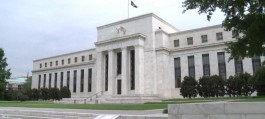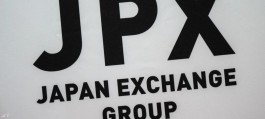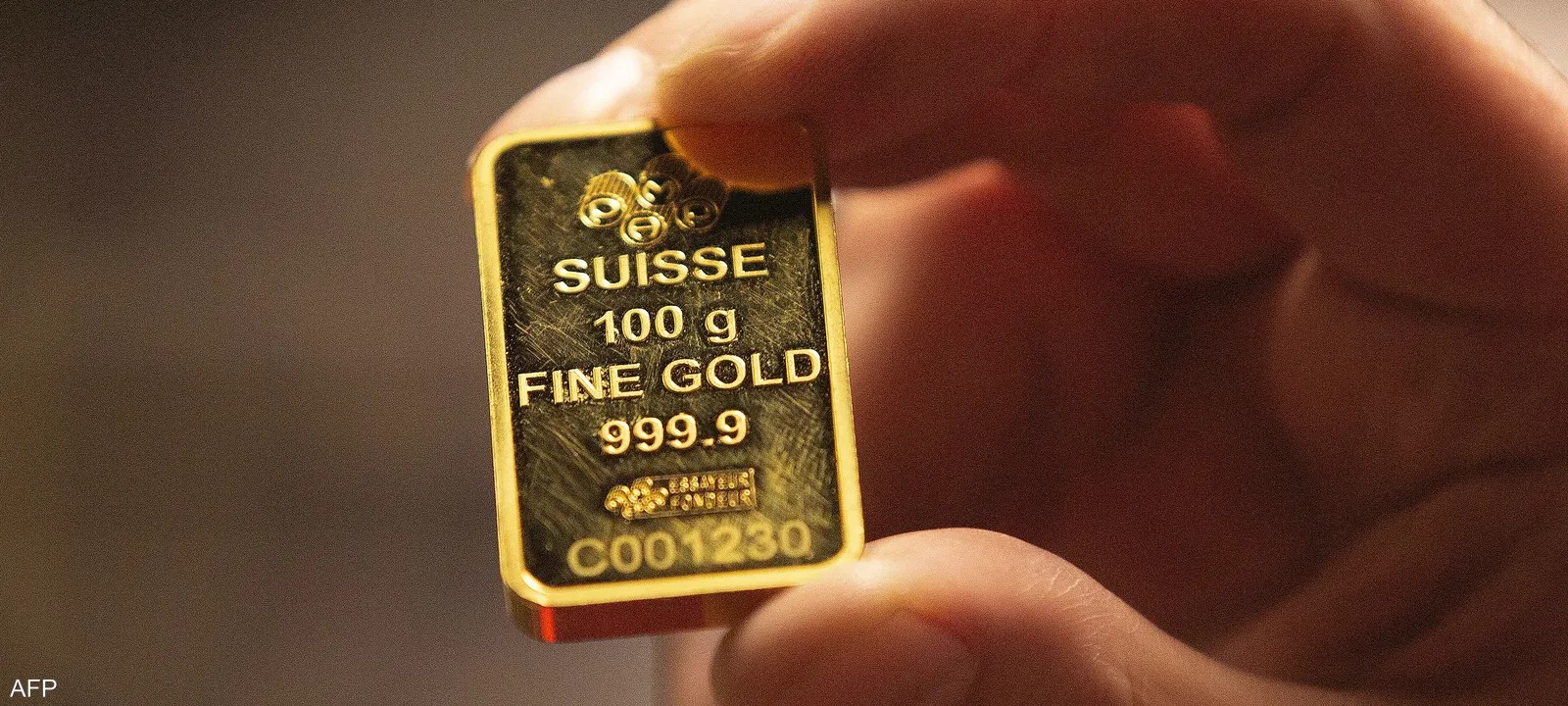Gold prices retreated during trading on Tuesday after rising one percent in the previous session, as investors awaited US jobs data due later in the week for more evidence on the path of US interest rates.
Wednesday's ADP employment report and Friday's nonfarm payrolls data will be closely watched for further clues about the health of the U.S. labor market and whether that will prevent the Federal Reserve from cutting interest rates in September.
“If the jobs data comes in above 200,000, which is very rosy, gold prices could fall further and even break the $2,320 support level,” said Kelvin Wong, senior market analyst for Asia-Pacific at OANDA.
Data showed U.S. manufacturing activity slowed for a second straight month in May, and construction spending unexpectedly fell for a second straight month in April.
The New York Federal Reserve said on Monday that underlying inflation pressures eased slightly in April.
While bullion is considered a hedge against inflation, rising interest rates increase the opportunity cost of holding non-yielding assets.
Global central banks plan to continue increasing their exposure to gold, a trend that has already helped the precious metal reach record levels this year, a survey by a think tank showed.
Gold at settlement yesterday
Gold futures prices turned higher on Monday, as the dollar and bond yields fell, following economic data that boosted the chances of the Federal Reserve ending its monetary tightening cycle, to avoid an economic recession.
At settlement, gold futures for August delivery rose 1%, or $23.5, to $2,369.3 an ounce, after touching $2,334.80.
Gold and dollar now
Gold futures are now down 0.31% at $2,362 an ounce.
While spot gold contracts fell by about 0.36% to $2,342 per ounce.
On the other hand, the dollar index rose by 0.04% to 104.115 points.
Other minerals
Among other precious metals, spot silver fell 0.4% to $30.62 an ounce, platinum rose 0.8% to $1,019.70 and palladium gained 0.5% to $922.28.







































